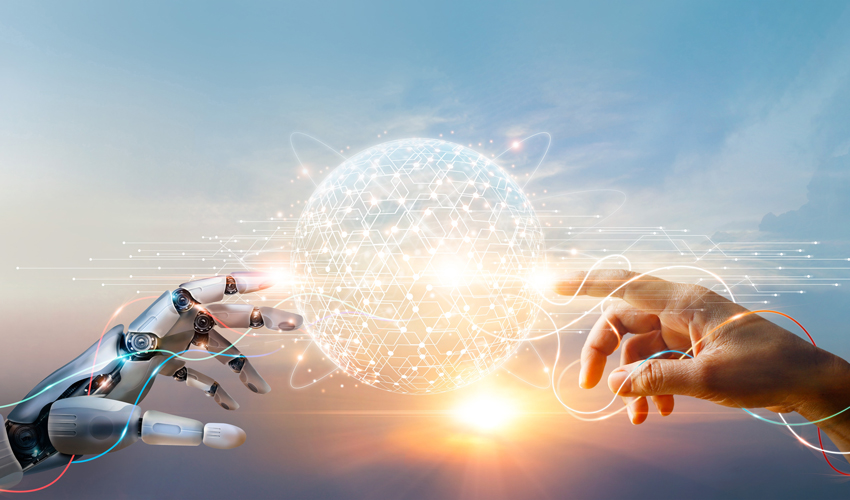
by George Whittaker
Introduction
In the rapidly evolving world of technology, robotics and artificial intelligence (AI) have become focal points of innovation, driving significant changes across various sectors. As these technologies continue to advance, the need for robust, scalable, and versatile operating systems to support such developments becomes more apparent. Ubuntu, traditionally known for its solid performance in desktops and servers, has emerged as a key player in this revolution. This article explores Ubuntu Robotics, detailing its capabilities, tools, and contributions to building intelligent machines.
What is Ubuntu Robotics?
Ubuntu Robotics refers to the use of the Ubuntu operating system as a foundation for developing and operating robotic systems. It is an extension of the popular Linux distribution, tailored to meet the rigorous demands of modern robotics. Ubuntu provides a stable, secure, and flexible environment, making it ideal for handling complex robotic applications which require real-time processing, extensive data handling, and multi-layered connectivity.
Historical Context
The journey of Ubuntu from a user-friendly Linux distribution to a powerhouse for robotic innovation is remarkable. Initially designed to offer a reliable and user-friendly desktop experience, Ubuntu has expanded its capabilities to servers, clouds, and now robotics. This transition was facilitated by the development community's push for an OS that could reliably manage the intricate and often resource-intensive tasks that modern robotics demand.
Key Features
Ubuntu stands out in robotics due to its:
- Stability and Reliability: Critical for applications requiring continuous operation.
- Extensive Support: Backed by a vast community and professional support from Canonical.
- Compatibility: Supports a wide range of hardware and software, including GPUs for AI computations and various sensors used in robotics.
At the heart of Ubuntu Robotics are several key technologies and tools that facilitate the development and deployment of robotic systems:
ROS is an open source framework for robot software development. Ubuntu is the preferred platform for ROS due to its stability and ease of integration. ROS on Ubuntu simplifies tasks like hardware abstraction, low-level device control, and message-passing between processes.
Gazebo is a powerful simulation tool that integrates seamlessly with ROS and Ubuntu. It allows developers to simulate robots in complex environments with realistic physics.
Go to Full Article
More...